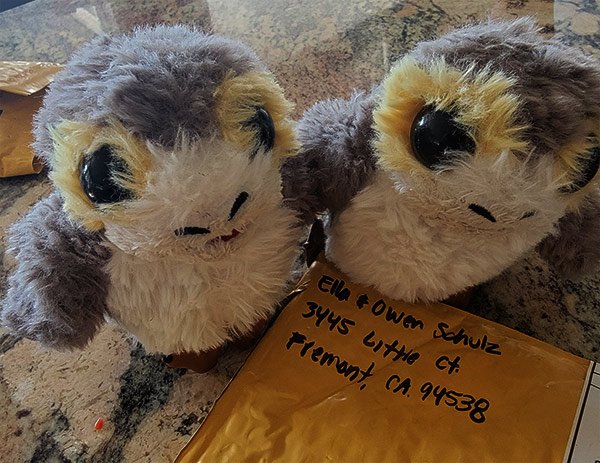Rain Beetles
We have lived in the Yosemite area for 2 1/2 years now. Much of California has been experiencing a severe drought, and our area has been no exception.
Last winter we had very little rain; but this year, we have had multiple storms visit our area. Last week we received 10 inches within 3 days. For us, during this drought, it was alot. We are grateful!
However, the rain has brought one Very Strange “Thing” to us…. Rain Beetles.
One morning I opened the front door, and there were 6 of the biggest bugs I have ever seen, right by the threshold. They were dead. And they were scary-looking. I thought it was really strange that in 2 1/2 years we had not seen even 1 of these bugs, and now there were 6 at our front door? As my husband and I explored, we found more of the dead bugs on the ground under our windows, and at other doors.
Thank goodness for Google, and a husband who can find anything there!
This is what he found (although I don’t have his reference):
It’s December, and a light rain pitter patters on my roof. I get up early: 4 am. I love this time of morning, it’s quiet, I drink a cup of coffee, read, and ready myself for the day. Thud… thud… thud. The “thud” breaking the early-morning silence is a male rain beetle flying into my living room window pane, lured, just like moths, to the lights. Unfortunately, the flight of the rain beetle is not as glamorous as the flight of the bumblebee-but the journey, their life history, and their ultimate goal is truly epic.
After spending 13 years gnawing tree roots underground, the grubs metamorphose into adults whose sole purpose is to find a mate. The beetles are so focused on this mission they don’t even break for a bite to eat (which is fine since they aren’t endowed with functional mouth parts). The fat stored over the past 13 years is converted into two hours worth of flight time. Fall/winter rains trigger this nuptial flight in males and tunneling behavior in the flightless females. With specialized antenna flared out like giant moose antlers, the males hope to smell the females near their burrows (humans have the capacity to smell these pheromones, which have been described as lemon scented).Once the females have been found, the males then battle for mating rites. The prize for the winner is an opportunity to pass his genes on to the next generation. The celebration is brief, most males die shortly after mating or exhausting their fuel. Females live for a couple more months, tunneling 10 feet below the ground to lay their eggs, before they expire. These beetles have literally been waiting their entire lives for this moment, this one moment…to make new life and as one life flame is extinguished another is ignited.
I am forever amazed by the creatures of the earth. But I can’t say that it makes me sad I might not see this one again for a while.

All things bright and beautiful,
All creatures great and small,
All things wise and wonderful,
The Lord God made them all.
-Cecil Frances Alexander
Comments (9)
You must be logged in to post a comment.





That’s the biggest bug you’ve ever seen? Well, different kinds of praying mantis range in size from 2 inches to 5 ½ inches. Harmless to humans but they eat the bugs that eat our garden plants.
Ahhh.. yes.. I should have said the biggest “beetle” I’ve ever seen. And the one with the most hair too!
Maybe I can’t call him a “Pretty Boy” but he sure is interesting looking!
What a lovely area you live in! We have a nephew who lives in Rancho Cordova. It looks quite nice too. Last week they were giving out sandbags at City Hall. I have not heard any more about how he is doing but I will check later on today. I’ve been checking maps and it looks like they are surrounded by lots of waterways!
Rain beetles? Wow…what an interesting snippet. And I’m glad that we don’t have them here in OK…although we have our own variety of bugs that might curl your hair…grin.
Karen,
There is a similar phenomenon on the East coast, the various time period “locusts” technically cicadas, the most famous of which is the 17 year locust. They too wait 17 years to find a mate and then die soon after. We saw them once when we lived in Maryland. There were so many of them on the ground you could sweep them up. Our Belgian Shepherd thought they were delicious…LOL.
I have never heard of a rain beetle I’m sorry you are getting so much rain, but with drought conditions, I’m sure you are happy about that as long as you are safe. In the fall we get the orange lady bugs. Asian Beetles I think. Some years they are everywhere! They bite! I hate those things. This past fall was not bad. They come inside through windows, doors and when they are on you. I usually vacuum them up with the hose. No mercy here!.